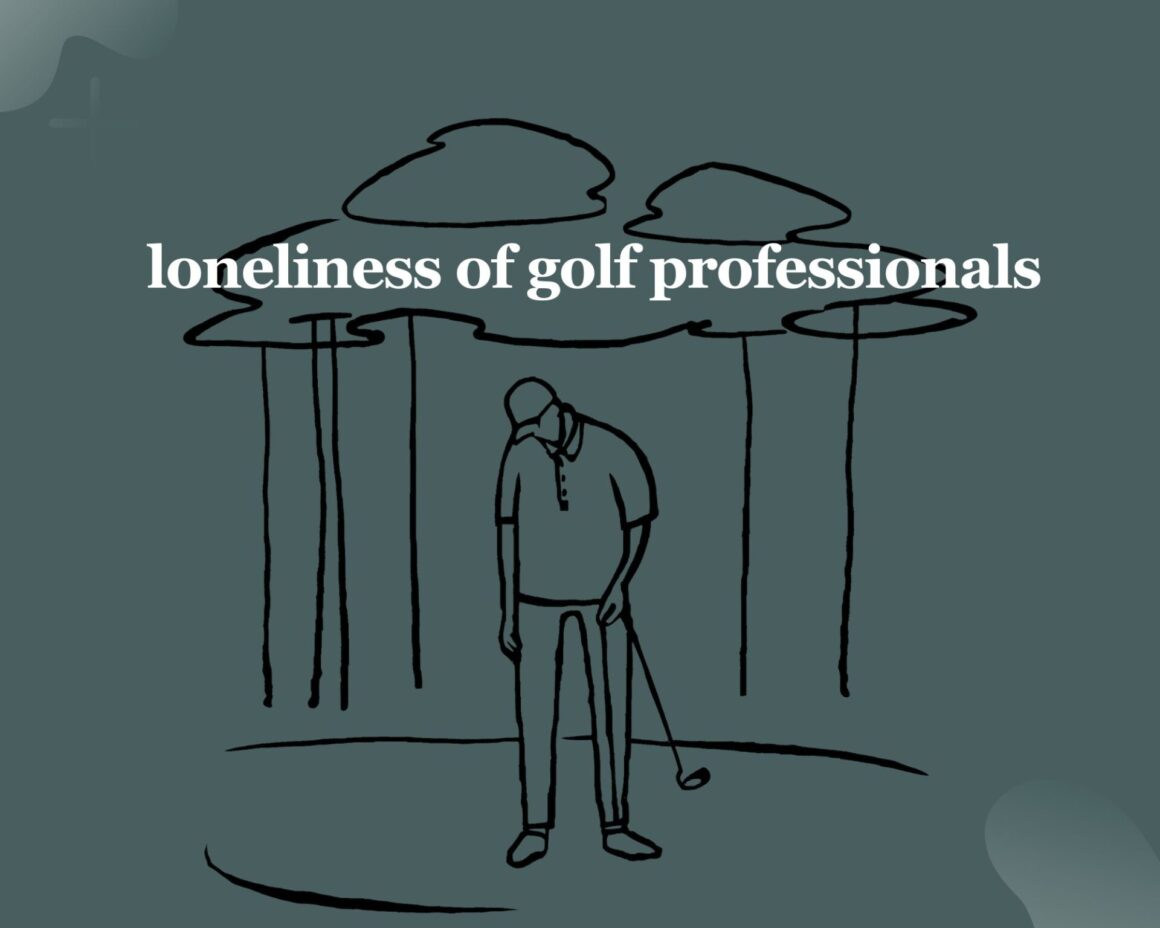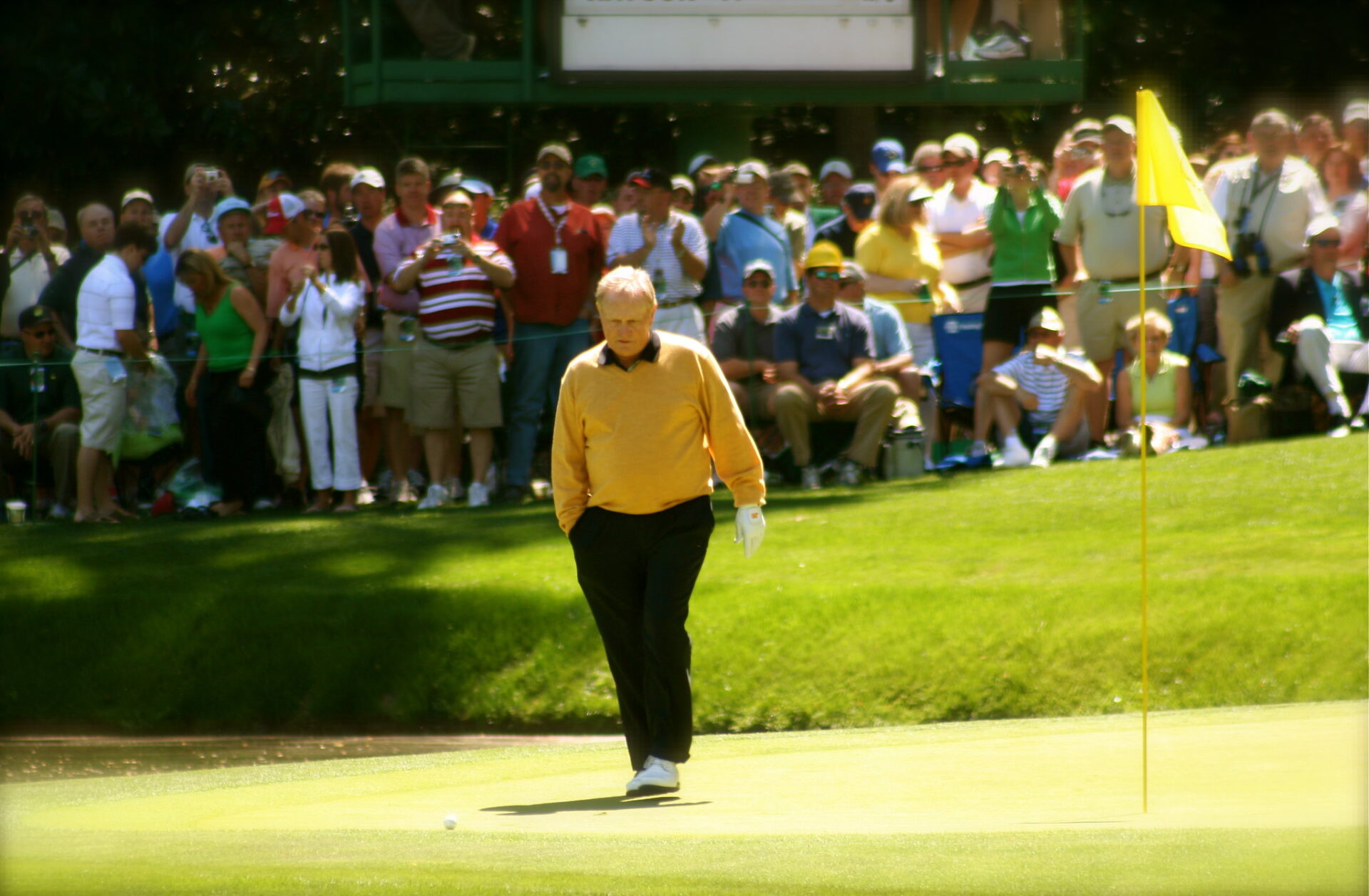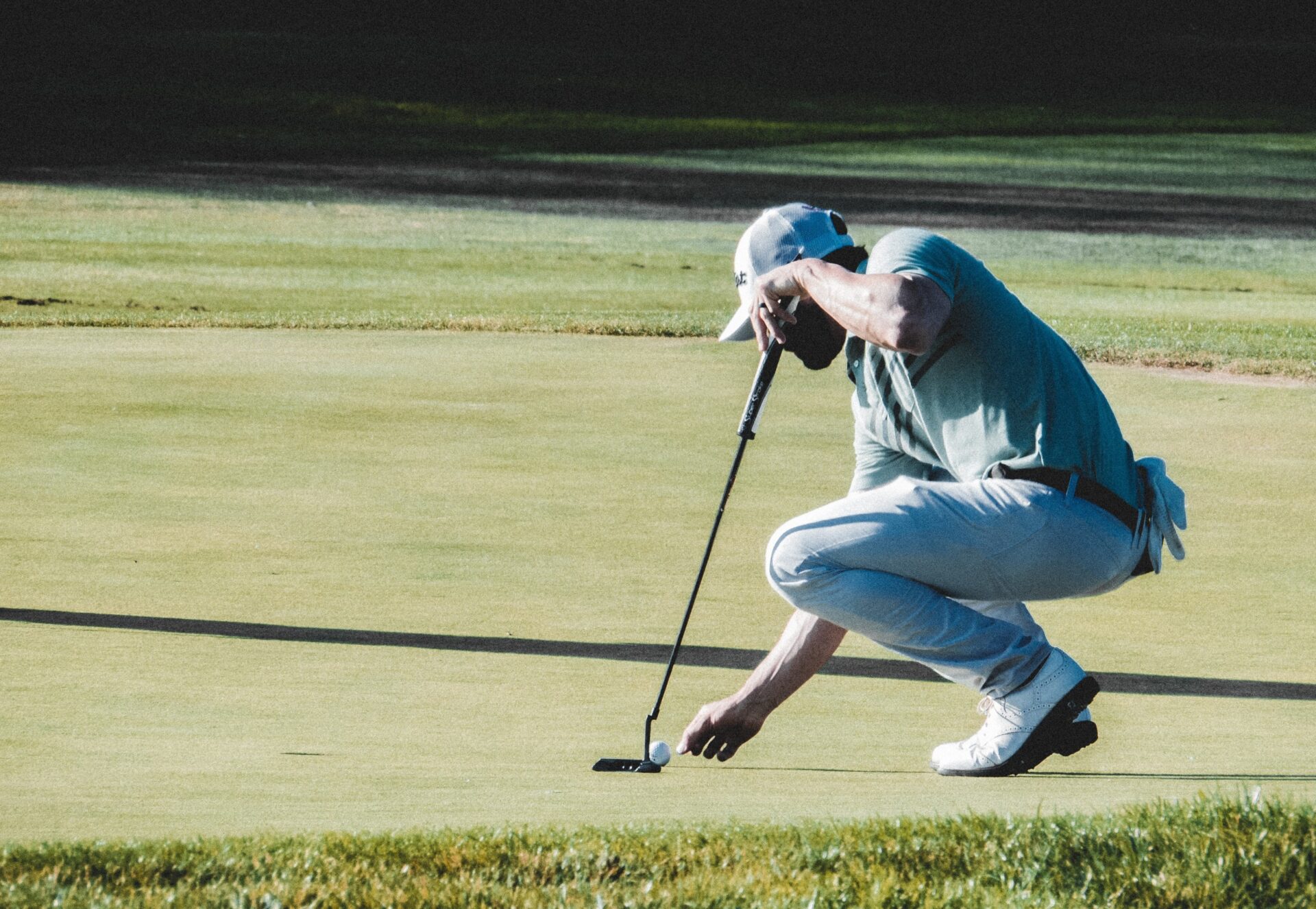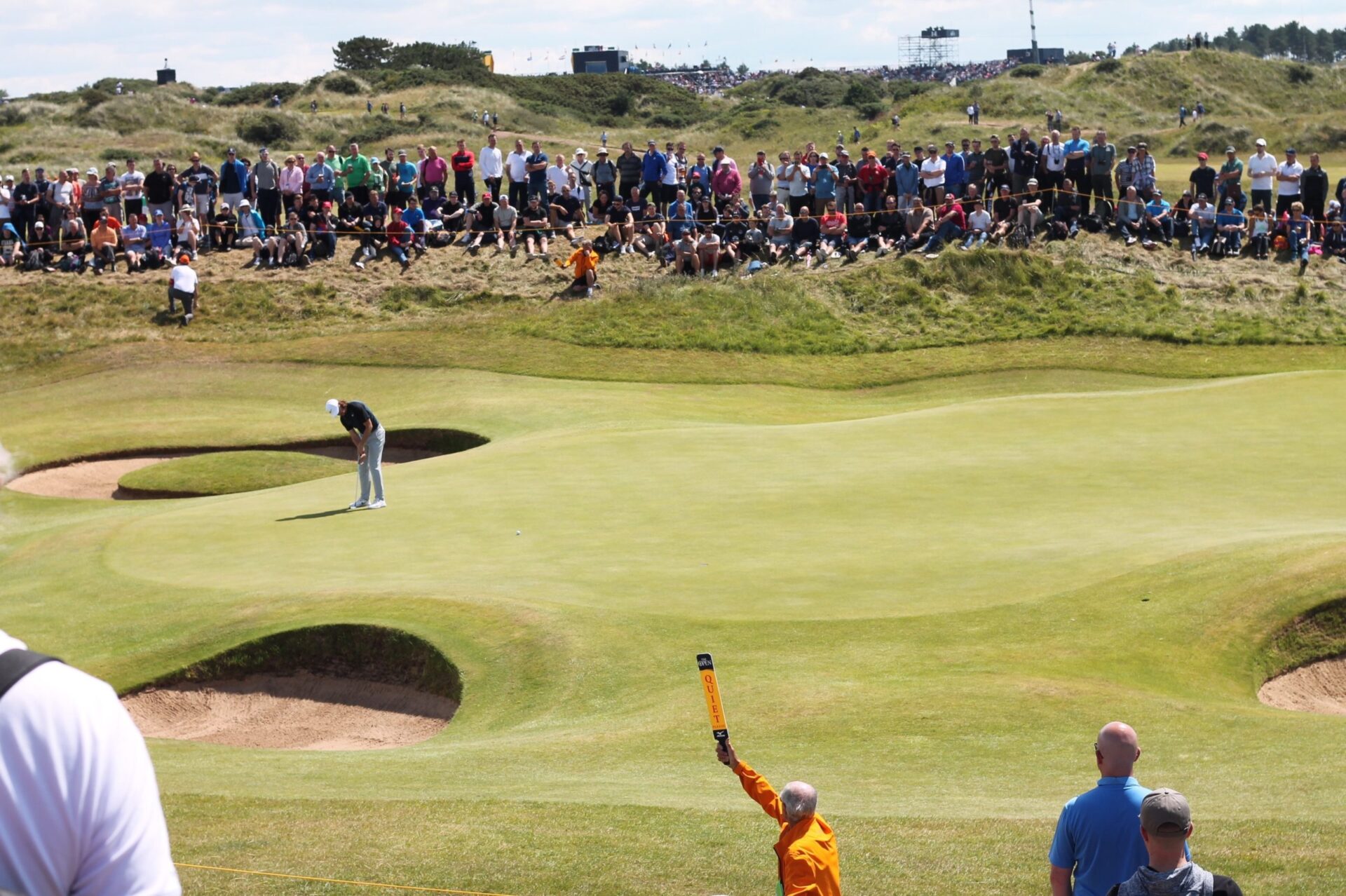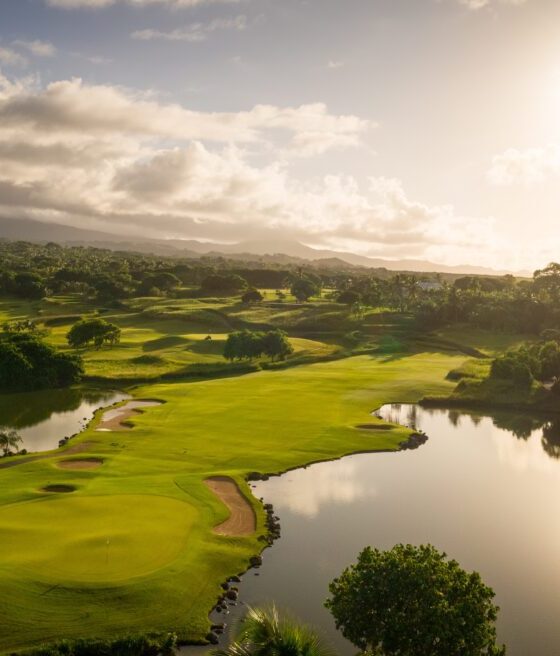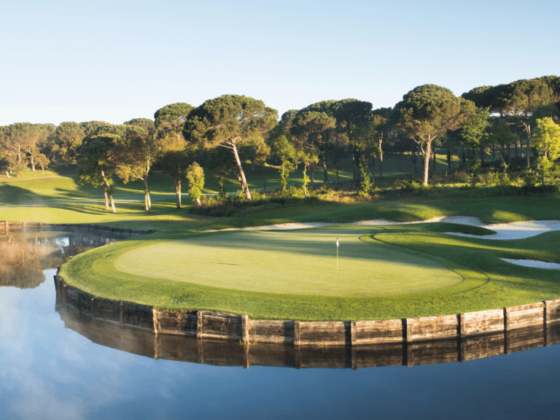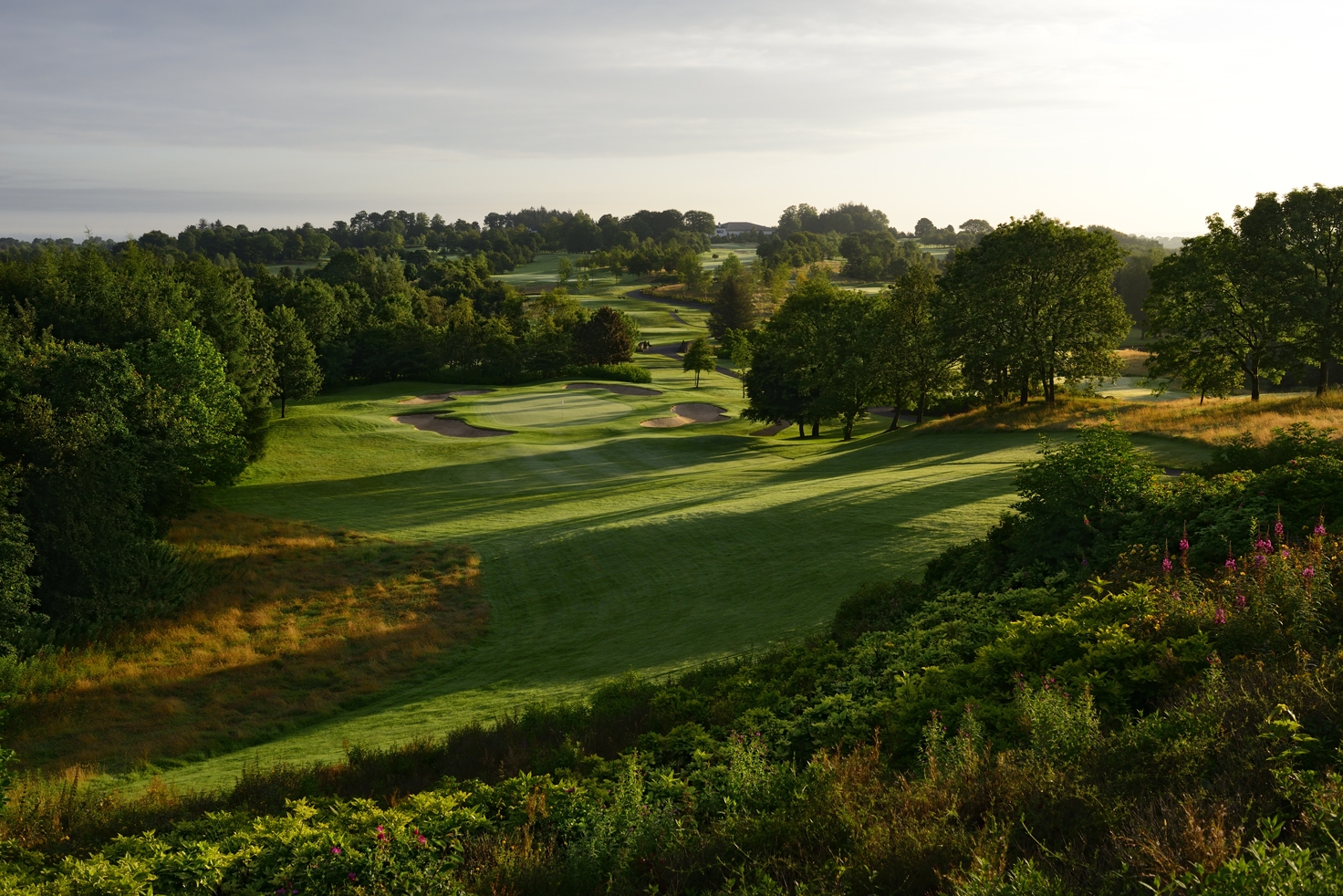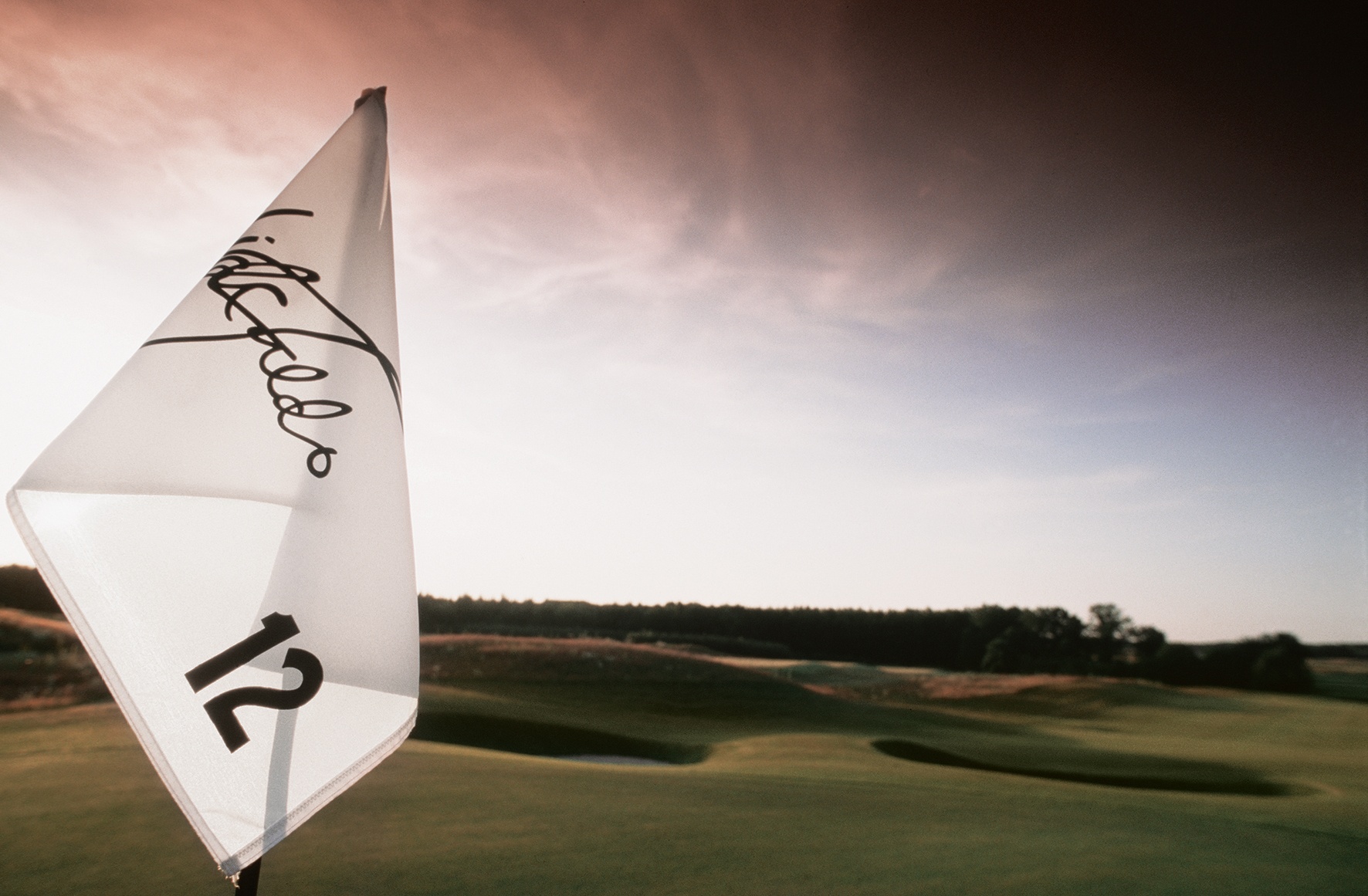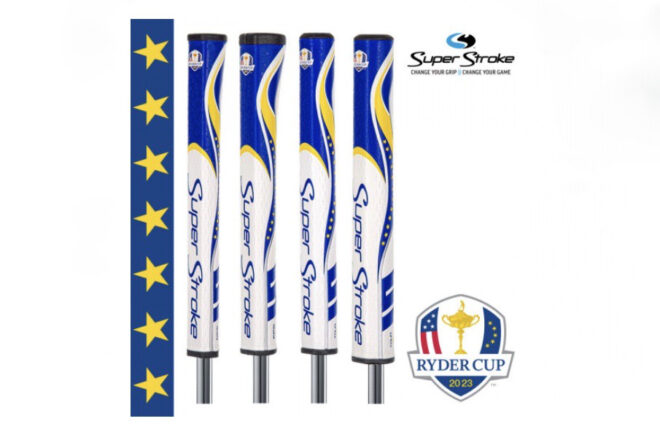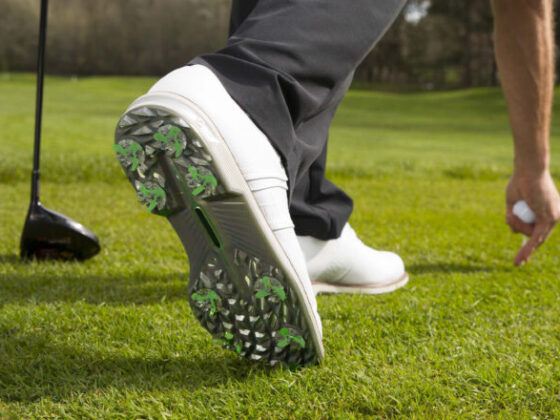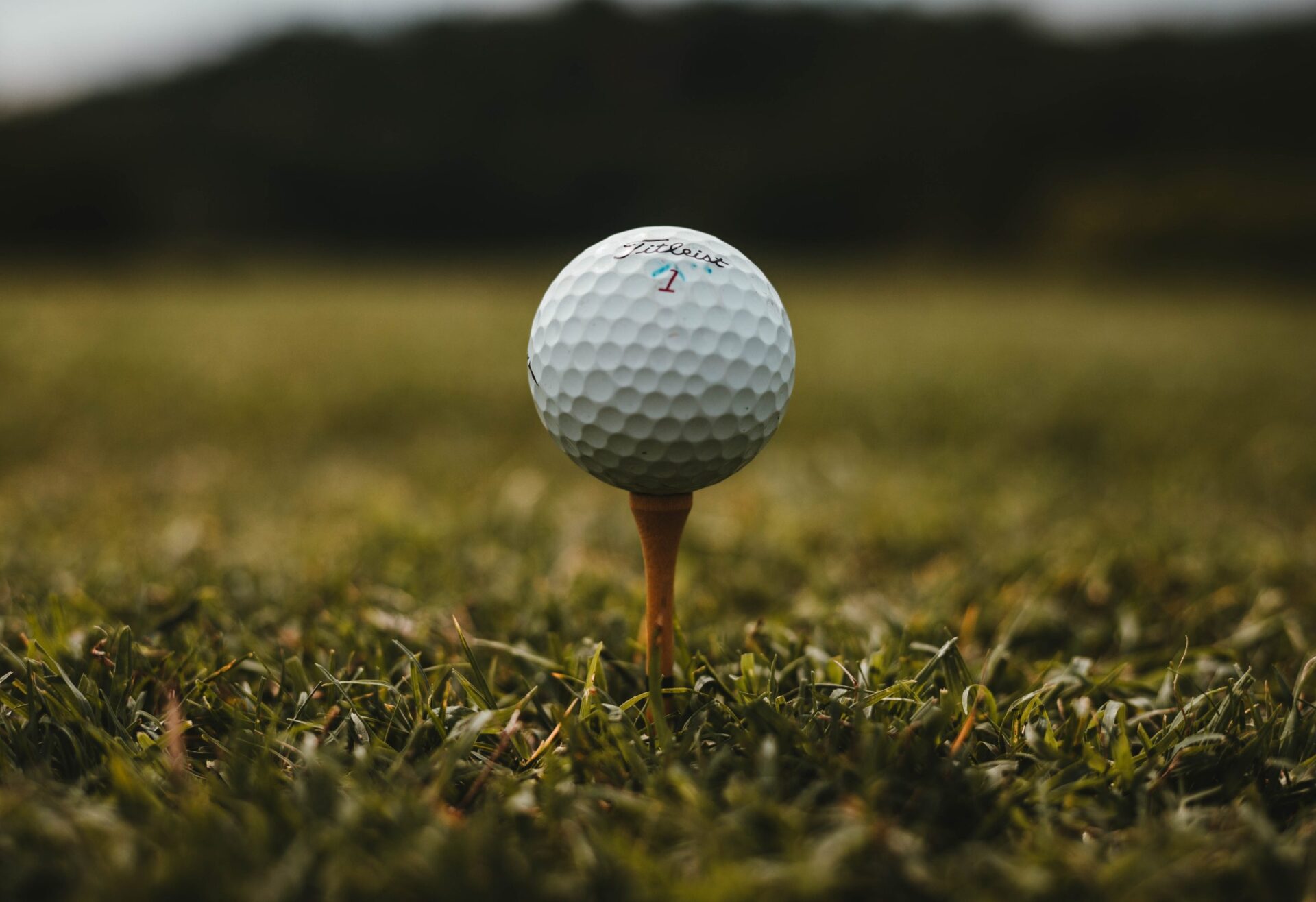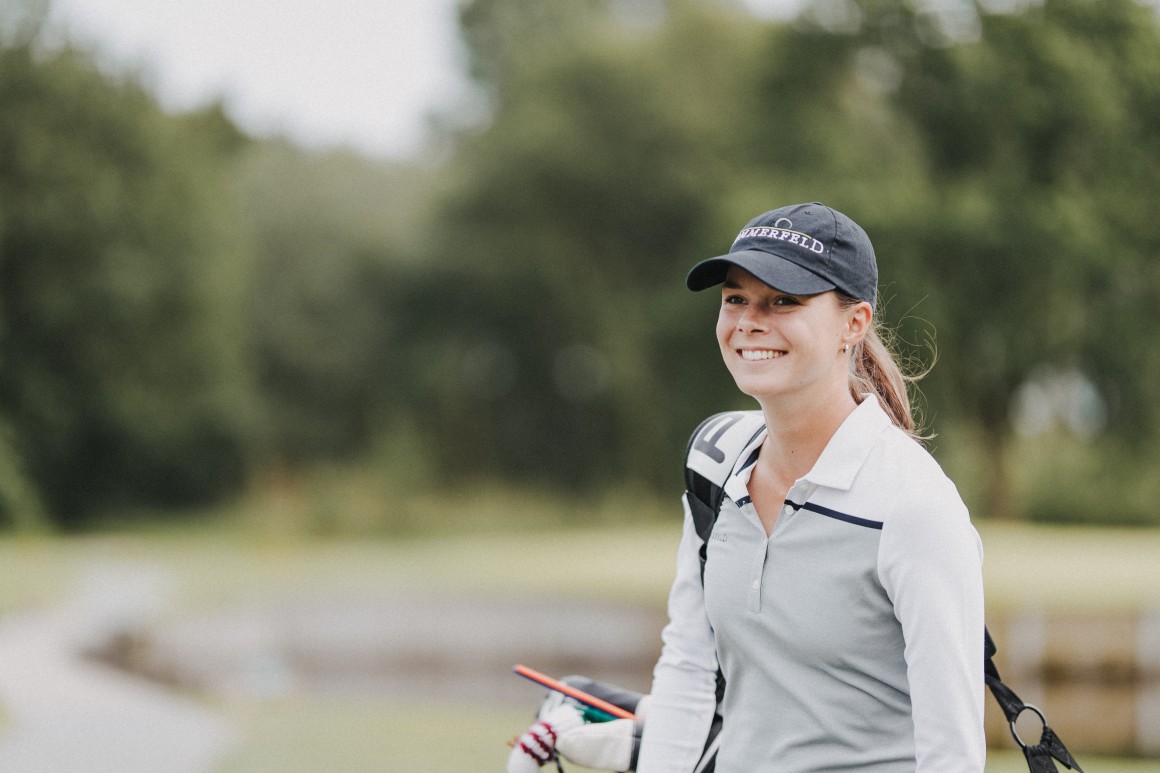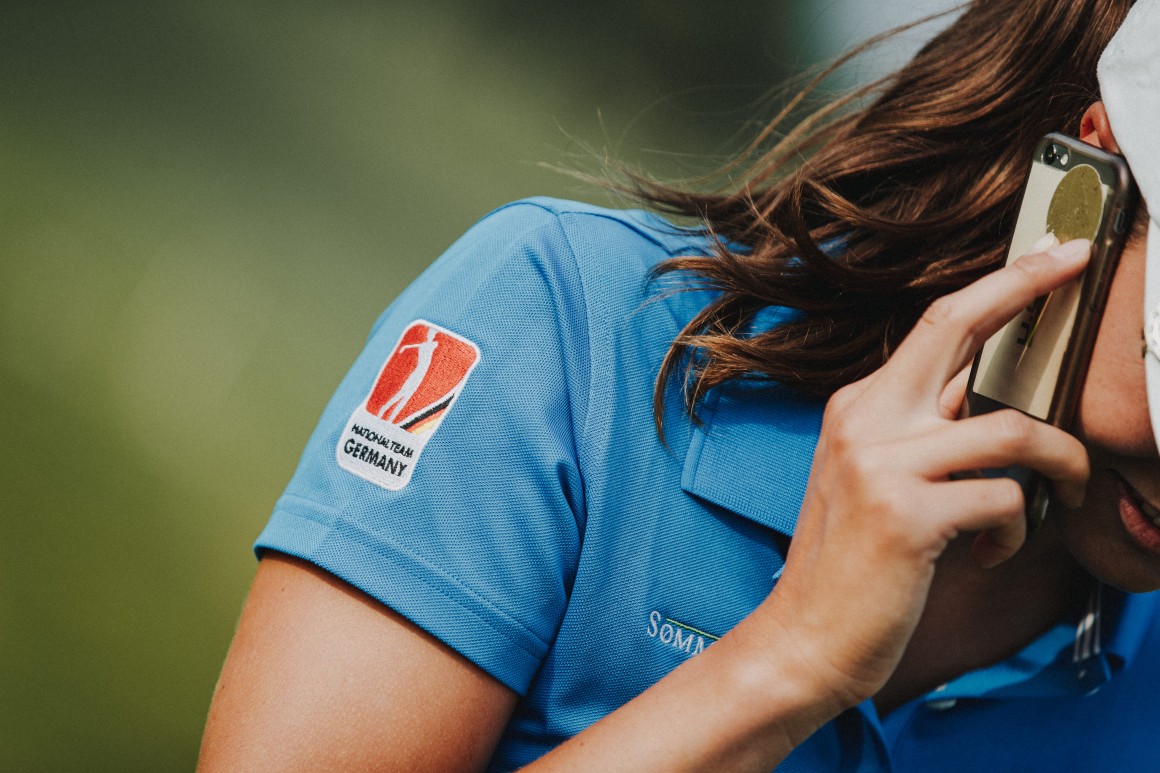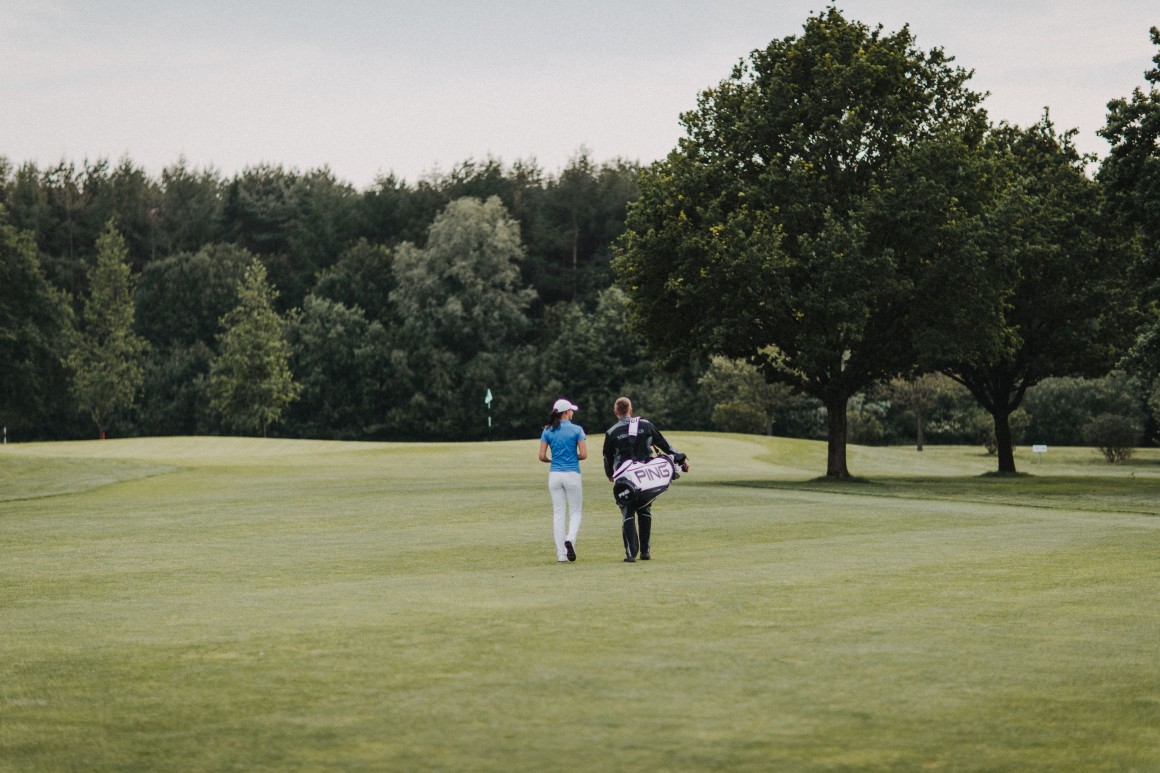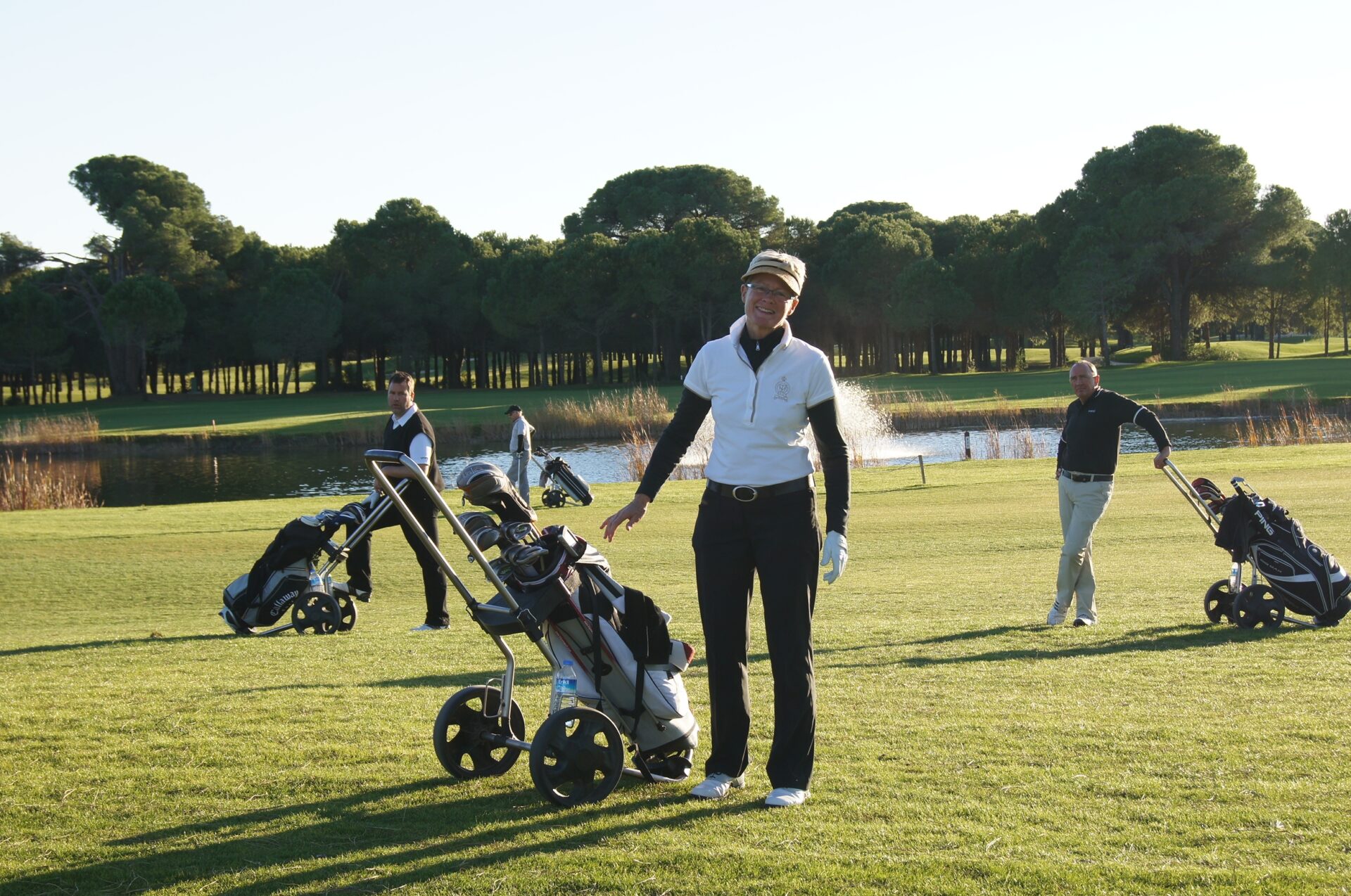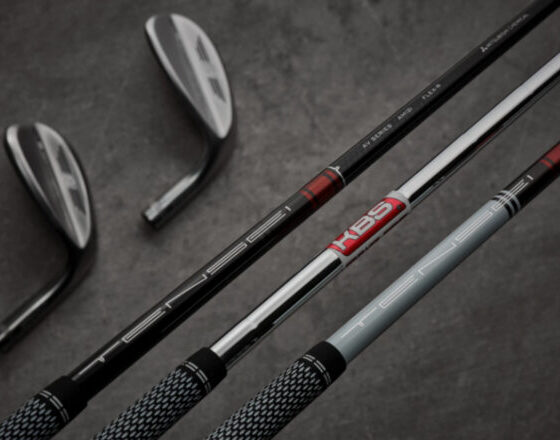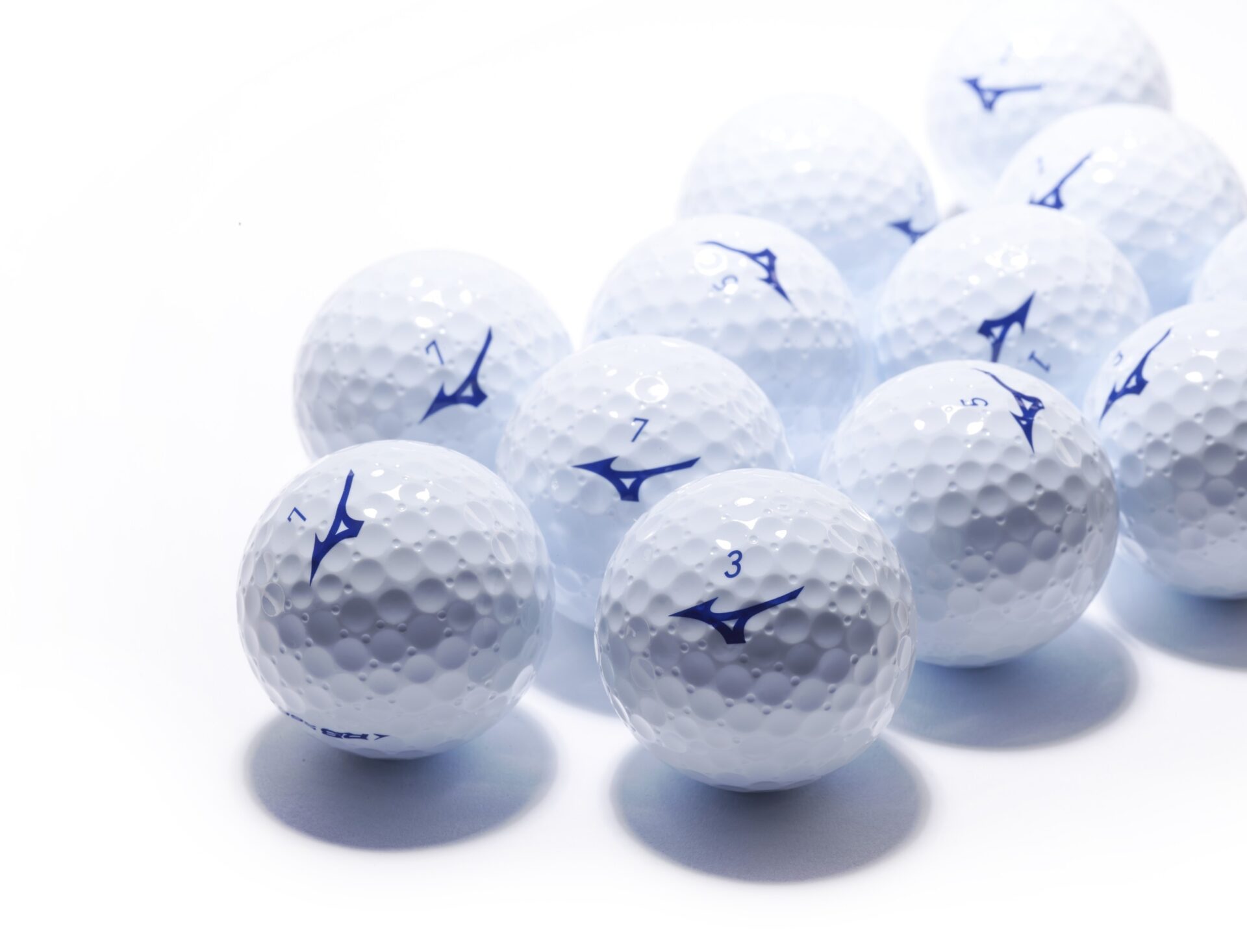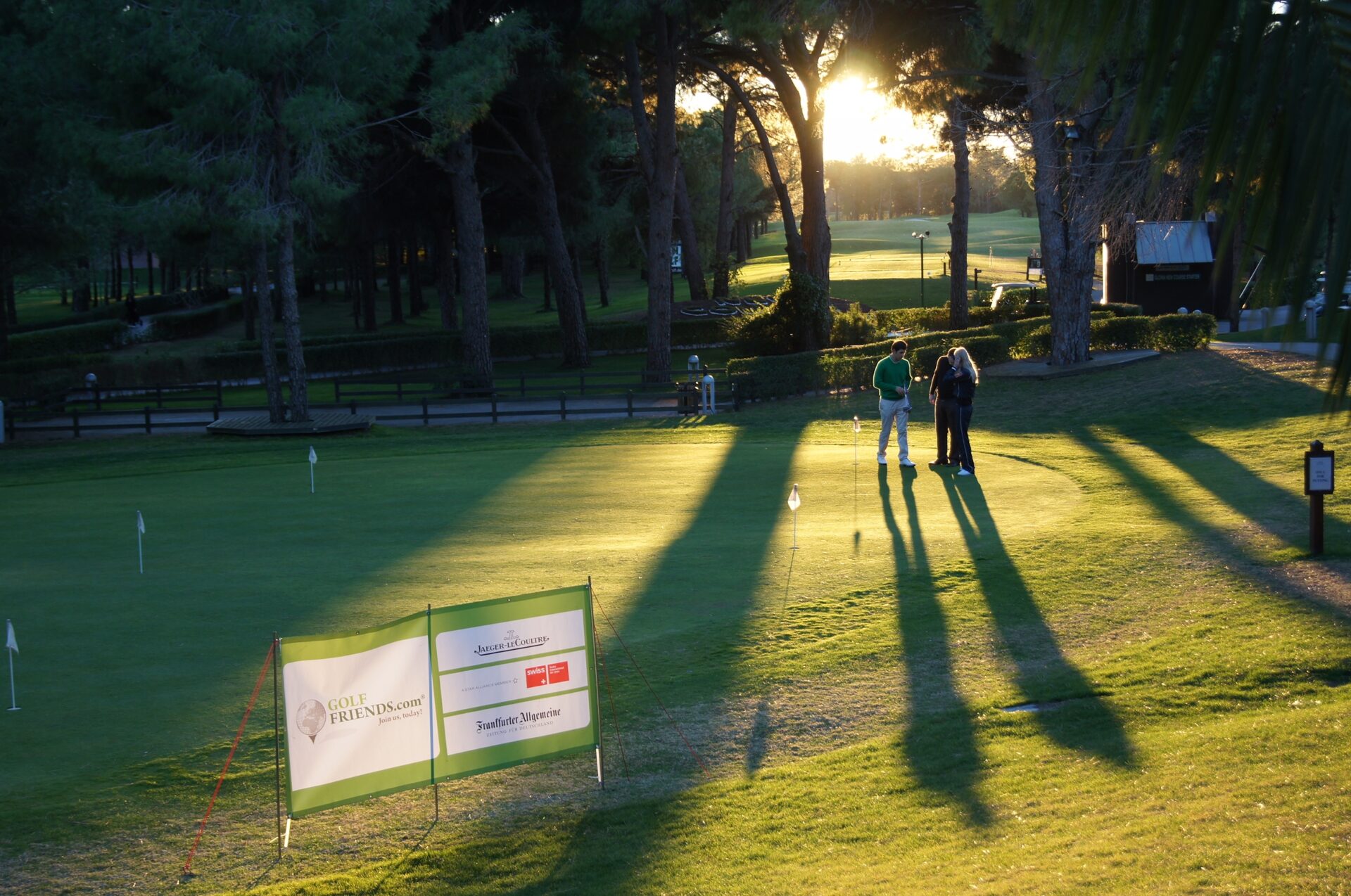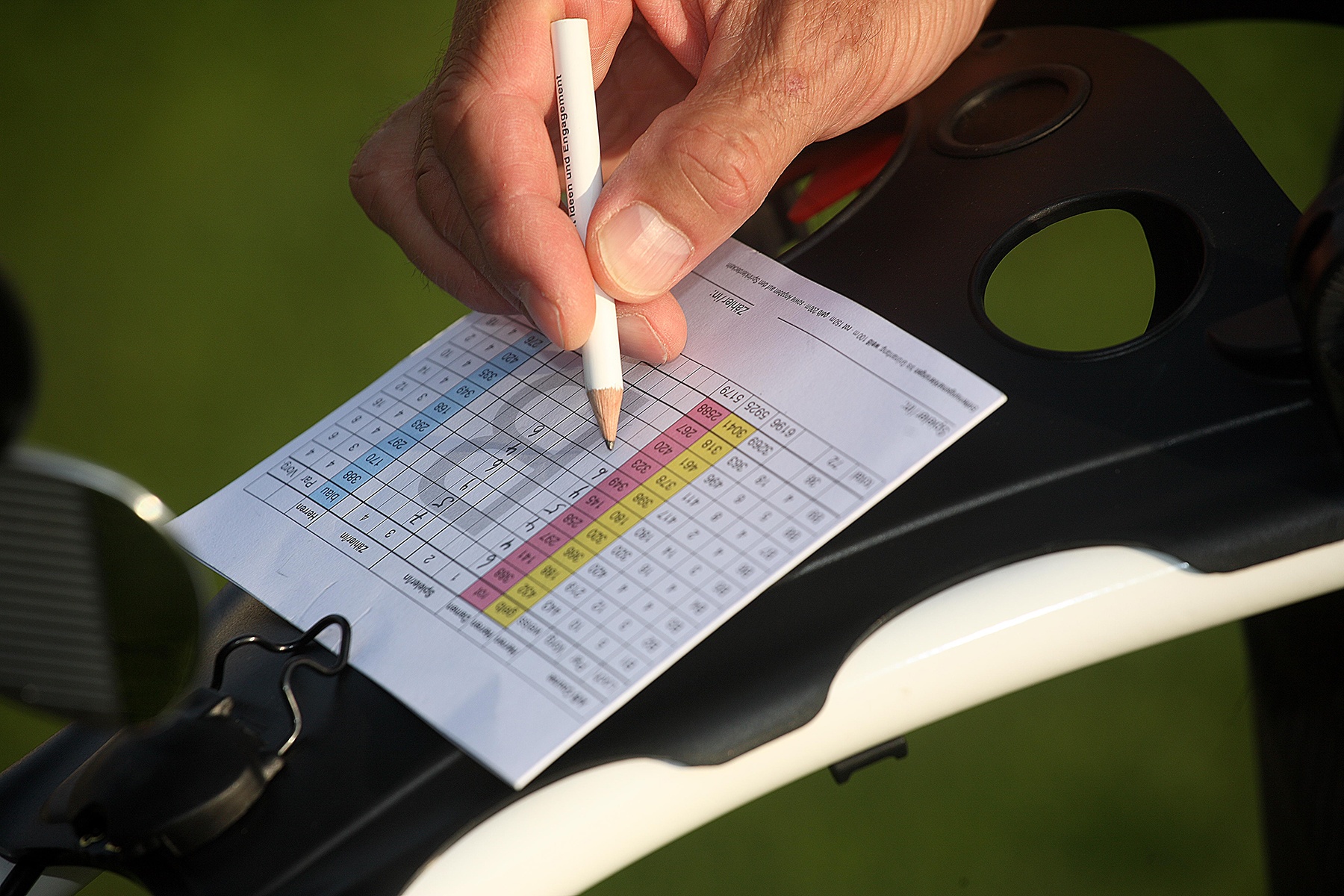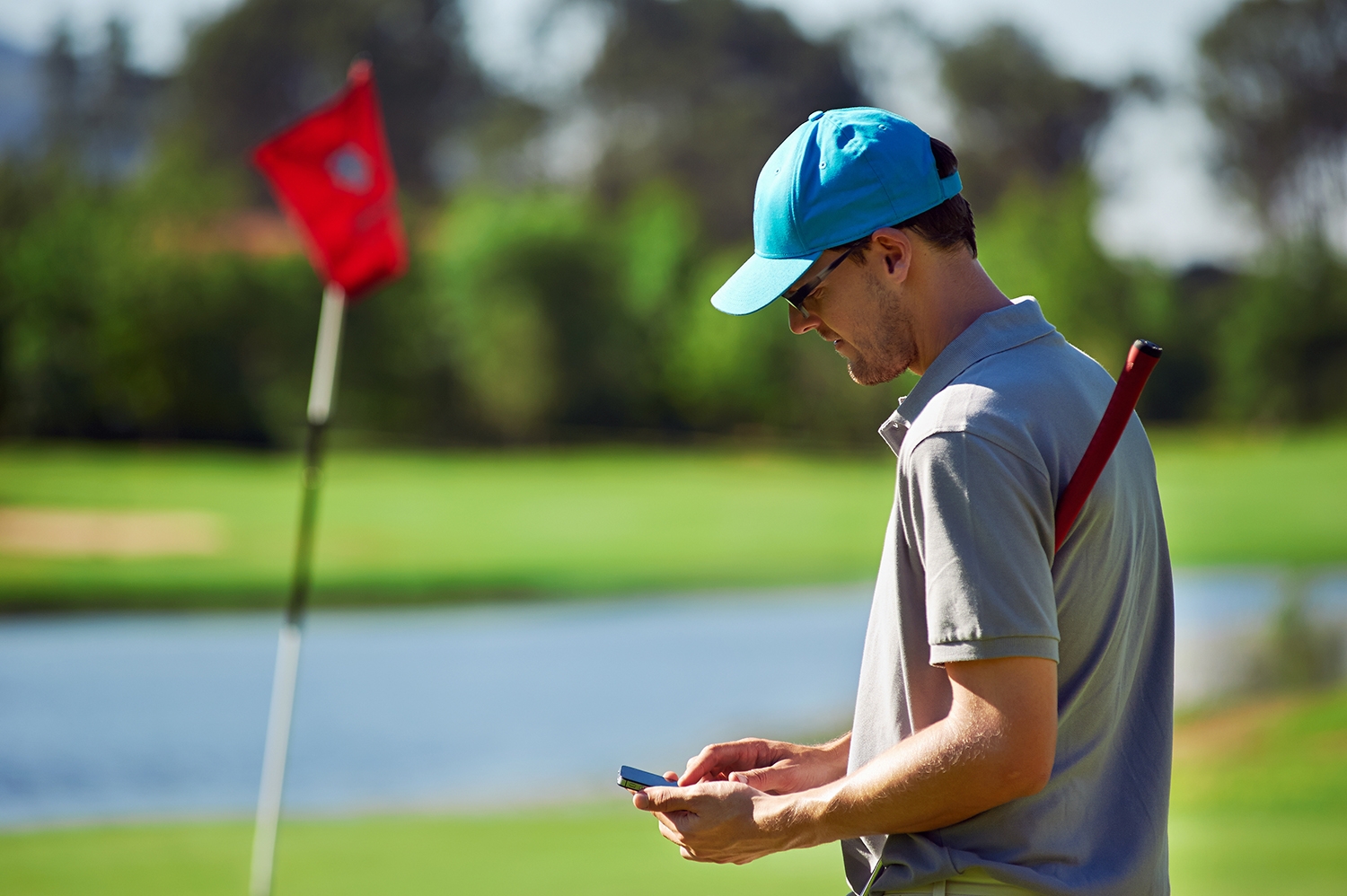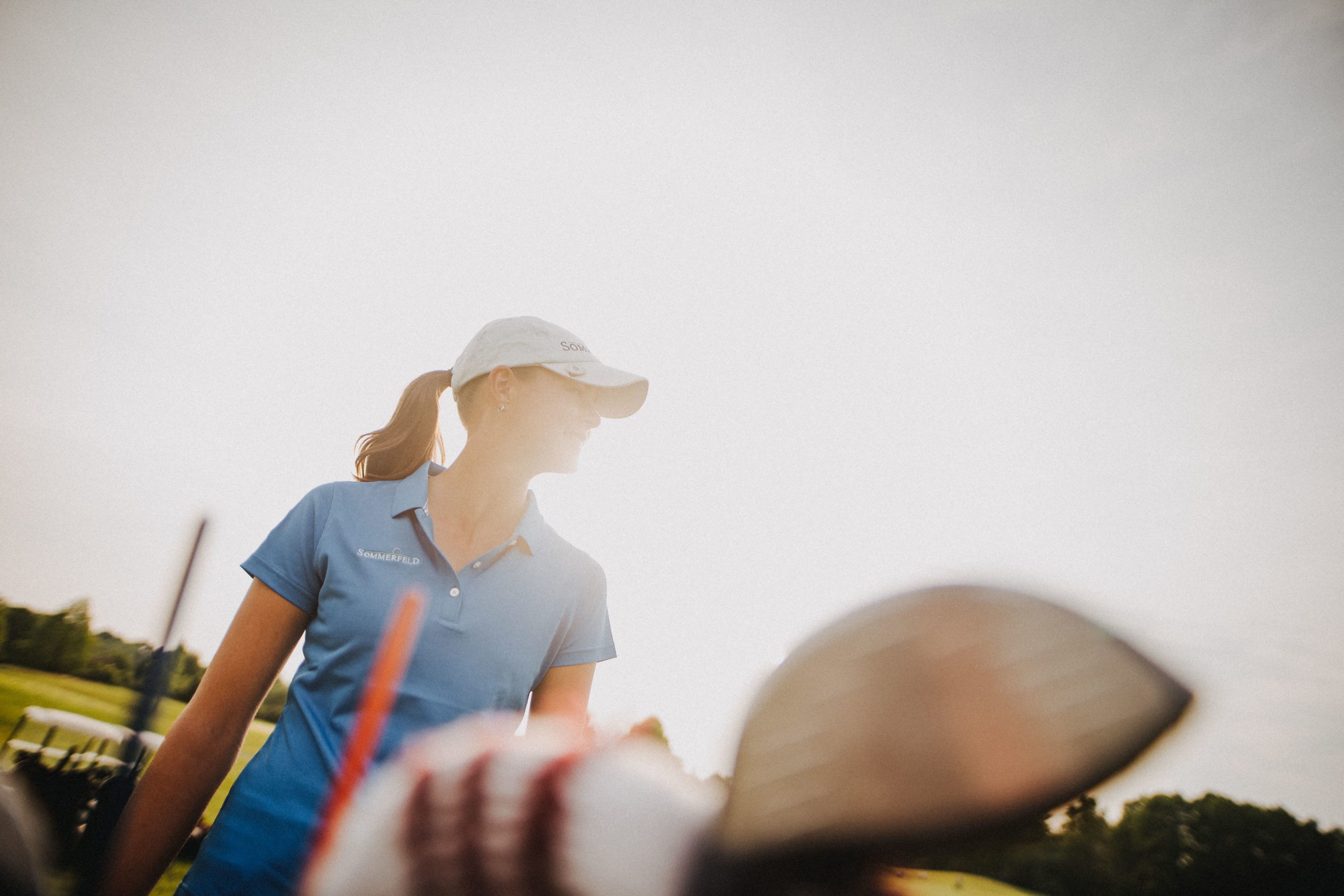News
Introducing the Skechers Go Golf Elite 5 Twist Slip-ins Golf Shoe for 2024
What does the Go Golf Elite 5 Twist Slip-ins golf shoe from Skechers offer? The waterproof Skechers Go Golf Elite 5 Twist Slip-ins golf shoe is equipped with first-class comfort technologies.…
How do you become a golf pro?
It takes time, dedication and perseverance to become a professional golfer. To improve your skills, you need to take lessons and practice regularly. By finding a reliable golf partner or…
These are the richest golfers
Every year, Forbes Magazine publishes a list of the world’s richest athletes. It goes without saying that the absolute superstars from soccer, basketball and tennis are represented here.…
The Latest
Play a golf tournament
Golfing alone is fun. Even more fun is golfing in a group or tournament. What you need to know, how a golf tournament works and what you need to know can be found here: Registration In the…
Gifts for golfers
Golfers are usually very enthusiastic about their sport. As many of my friends and acquaintances know that I am very fond of this sport, I am often asked what gifts are given to golfers. And…
How to golf
Find everything you need to get started with golf in our golf guides. We offer beginners everything they need to easly begin playing the game of golf



